by Lisa Di Tommaso | Jun 20, 2023 | Blog, Uncategorized
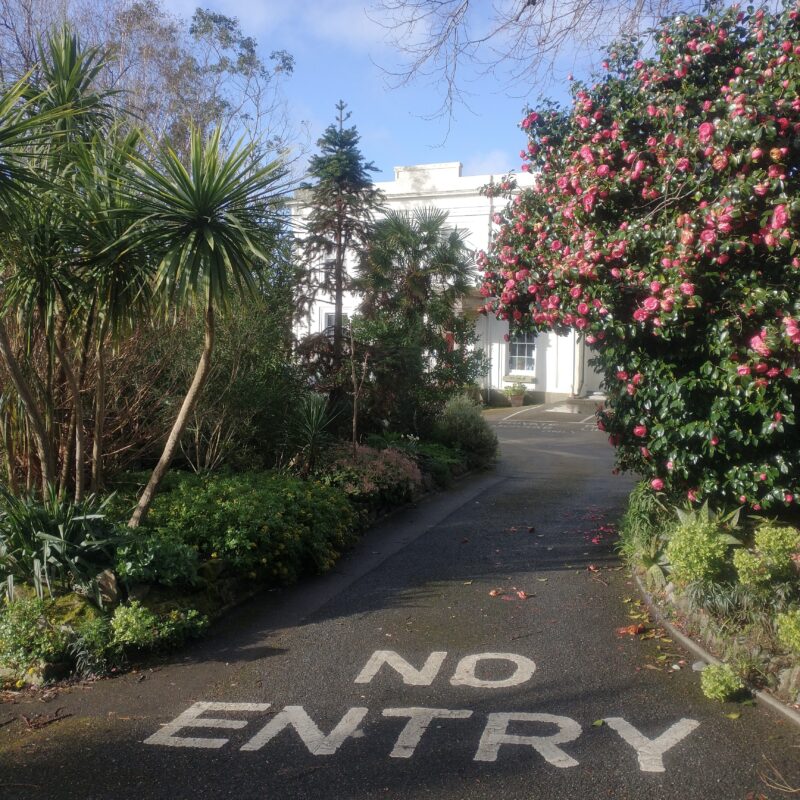
We need to share some important news about car parking over the next few weeks. The Honorary Health and Safety Officer, on behalf of the Trustees, has arranged for the external building to be painted and redecorated over the summer. This means that scaffolding will be erected around the entire building for the duration of the works.
As typical of works involving scaffolding, we do not have an exact date for the work commencing, but we have been informed that the scaffolding could be put up as early as the 23rd of June, but more likely the week beginning the 26th of June. Until it is up, we won’t know how much of an impact it will have on access to all of our parking spaces. Some may be restricted for the entirety of the project, but we do not know as yet.
We do know for now that the painters have recommended that while they are refurbishing each side of building’s front that parking be avoided for that period, to reduce the risk of your car getting a new coat of paint! We know the work to paint commences from 3rd July, but we do not have any indication of how long it will take to finish each of these sections. We will provide updates as we find out more.
The work is estimated to take up to two months in total before the scaffolding is subsequently removed.
Ideally, it would be very helpful if you could avoid parking at the library entirely during this period if possible, so we can ensure those who need it the most can be guaranteed access.
But at the least, may we recommend throughout this period that you phone ahead if you need a car park to access the library and we can inform you of the state of play on the day you require it.
We’re sorry we can’t be more definitive at this stage, and we hope to have more of a steer as the work commences, but we wanted you to know in advance of potential limitations and inconvenience the works may cause.
So please get in touch with any queries, and we will do our best to accommodate and support your visit. At the end of this, the library will be looking beautiful and refreshed! Thank you for your support, as always.
Best wishes from the library team and Trustees.
by Lisa Di Tommaso | Dec 7, 2022 | Uncategorized
Library member and PhD student, Kensa Broadhurst, has delved into the world of early Cornish Fiction, and uncovered some delights you may wish to explore yourself….
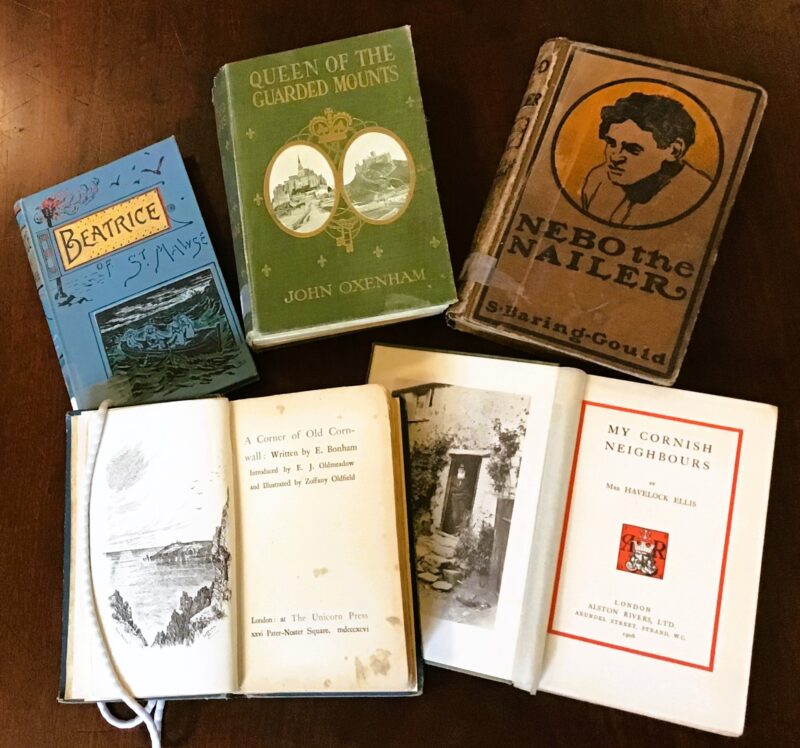
Over the past year I have been working my way steadily through the Cornish fiction collection in the Jenner room. I should perhaps clarify this a little. I am currently in the final stages of a PhD researching the use of the Cornish language between 1777-1904. As part of this research, I was interested to see if any of the novels written in or about Cornwall pre-1904 either mention the language or use Cornish words. This meant I was interested in reading any of the novels in the collection with a publication date before around 1910. There are some novels in the collection with no publication date in them. To be on the safe side, I did borrow these. Often it was easy to tell if the novel must have been written later in the twentieth century through the context.
These criteria meant I could avoid the shelves full of the works of Daphne du Maurier and Winston Graham, but it has still taken me the best part of year to work my way through the relevant books from the collection alongside my other studies. This may give you some idea as to the size of the Cornish fiction collection housed in the library (I’m a quick reader!). Although there are novels by authors who had been inspired by a visit they had made to Cornwall, many of the books are by Cornish authors and are specifically based in West Penwith.
Unsurprisingly for novels set in West Penwith either in the nineteenth century or earlier, several themes emerge: Methodism, mining, smuggling and wrecking feature heavily, alongside many tales of unrequited love and quite a few mining accidents. For people interested in the social history of Cornwall in the nineteenth century, these novels are a real treasure trove. There are also several novels which detail the adventures of young girls who are shipwrecked on the Cornish coast, rescued, and grow up unaware of their true identity, only for everything to be resolved perfectly at the end with a hugely coincidental reveal! A couple of examples of these include Mona the Fisher Girl by H.S. Streatfeild and Beatrice of St Mawse [no named author].
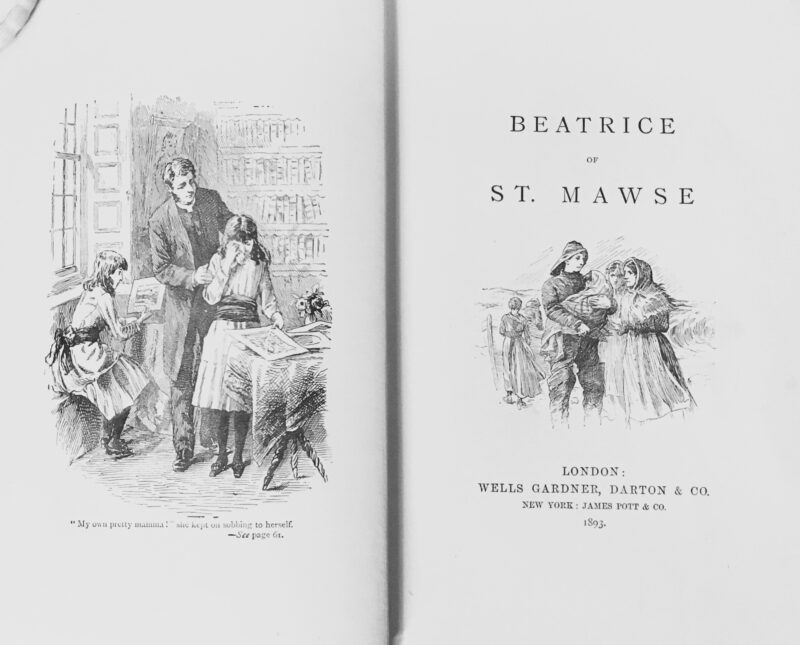
There are novels by well-known novelists such as Deep Down by R.M. Ballantyne, the Scottish author best remembered for The Coral Island. He came to Cornwall to research tin mining for this novel. There are also many novels by the Reverend Sabine Baring-Gould from Devon. He was well-known as a writer of hymns and served as President of the Royal Institution of Cornwall. Examples of his novels include Guavas the Tinner and The Crock of Gold. Famous Cornish novelists such as Katharine Lee, the Hocking siblings, and William Sandys also feature prominently.
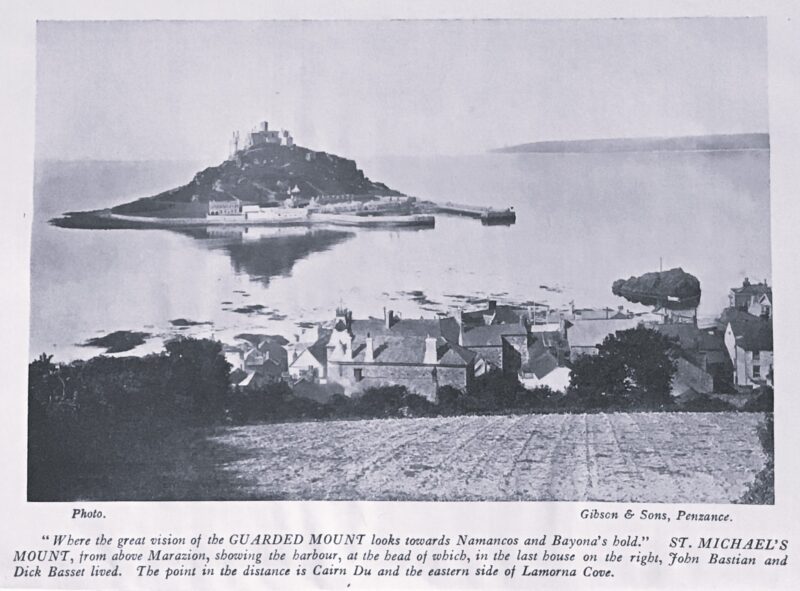
So would I recommend a delve into nineteenth century Cornish fiction as a change from your usual reading fare? There are some gems to be discovered. If you like an adventure story filled with derring-do try Queen of the Guarded Mounts by John Oxenham which is set on St Michael’s Mount and Mont-Saint-Michel during the French Revolution. If you want a bit of romance in the Cornish landscape, there’s Kynance Cove by William Bentinck Forfar. For some insight into life in Cornwall at this period see E.A. Bonham’s A Corner of Old Cornwall or Mrs Havelock Ellis’s My Cornish Neighbours. Or perhaps just show some neglected books some love – in many cases I was evidently the only person who had borrowed these novels for decades!
by Lisa Di Tommaso | Nov 18, 2022 | Blog
We are seeking new Honorary Treasurer with experience, knowledge, commitment and enthusiasm to join our management committee and support our work.
Being a trustee is a voluntary role and we welcome applications from people from all walks of life. It is not necessary for Trustees to be expert in all areas of governance, but we have to ensure that collectively the Management Committee has the skills and experience to operate effectively and to support the Librarian and her team. Training and support is available and through our membership of the National Council for Voluntary Organisations our trustees have access to up to date information and a range of learning opportunities.
All members of the management Committee:
- Commit to the core vision of the ML to inspire members of the community through books, archival materials and events within a unique tranquil space for learning, reflection, creation and making new connections
- Contribute their skills and expertise to the Management Committee’s collective decision making
- Positively promote the ML and act as an advocate for the organisation
- Support the ML’s income generation initiatives including the search for funding
- Accept the legal duties and responsibility of trusteeship
- Devote the necessary time to the role, including attending Zoom and face to face meetings, supporting the Librarian and, on occasion, attending events
The Treasurer role is a specialist position encompassing the following duties:
- Providing financial advice to the MMC
- Chairing the Finance Sub Committee
- Providing professional direction and training to the bookkeeper, and providing information to her as required, including bank statements and PayPal reports
- Supervising month end reconciliations, running reports in Sage and producing monthly management accounts
- Carrying out year-end reconciliations and adjustments in Sage (e.g., value of investments, fixed assets register)
- Supporting production of the Annual Report and Accounts, working with our accountants
- Submitting annual Charity Commission Return
- Ensuring an appropriate budget is approved in advance of each year
- Ensuring appropriate financial systems, procedures, payroll and banking arrangements are in place and all mandates are up to date
- Acting as system administrator for Sage, Square etc.
- Checking payroll each month and dealing with changes to pay, including annual pay awards
- Providing oversight of investment management arrangements
- Ensuring suitable insurance is in place
- Overseeing Gift Aid claims.
The estimated time commitment is around 2-3 days a month, with some extra input required to produce the accounts (Jan/Feb) and set the budget, agree the pay award etc (Nov/Dec).
The trustees meet on the first Tuesday of every month either by Zoom or in person. The finance committee meets quarterly. Working groups are occasionally formed for specific projects and meet on an ad hoc basis.
We may be open to splitting the role between the high-level advice/strategy element and the financial and management accounting, including the reconciliations etc. if the right candidates come forward.
If you are interested in finding out more about the role of the Treasurer, please get in touch by email to secretary@morrablibrary.org.uk in the first instance, telling us about your skills and why you are interested in joining us.
by Lisa Di Tommaso | Nov 17, 2022 | Blog
The library is undertaking a mammoth exercise to digitise it’s library card index catalogue, and convert it into a searchable online resource. Our team have recently added the 5,000th record. One of our volunteers, Ruth Baigent, gives us a brilliant insight into what that work involves, and her mixed feelings on taking it on!
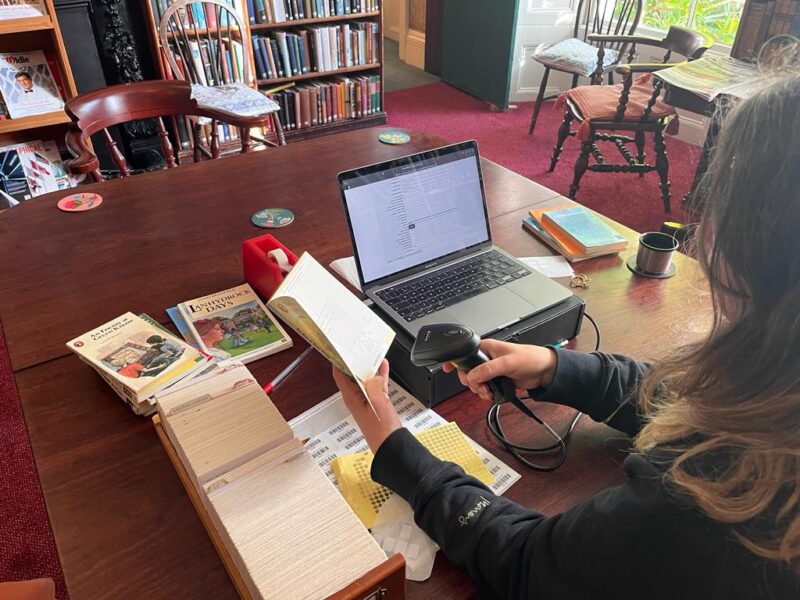
Ruth at work, with the index card catalogue to her left
Cataloguing for Morrab Library means scanning barcodes and checking and entering information, such as publisher details about each book and its library location, onto the new library database, the KOHA library system. We add a barcode sticker to the book with its library number, and each book gets a little gold sticker to indicate that it has been “KOHA-ed”. We started with the library’s various Fiction collections, and I am currently working through Children’s Fiction. I’ve been involved from early days, and we are now past the 5000 book target, with a huge quantity of Non-Fiction volumes to tackle next! There is a small team of us, and we usually work alone, quietly, at different times, and, though there are plans to have a get together at some point, there are still a few of us that have not met yet.
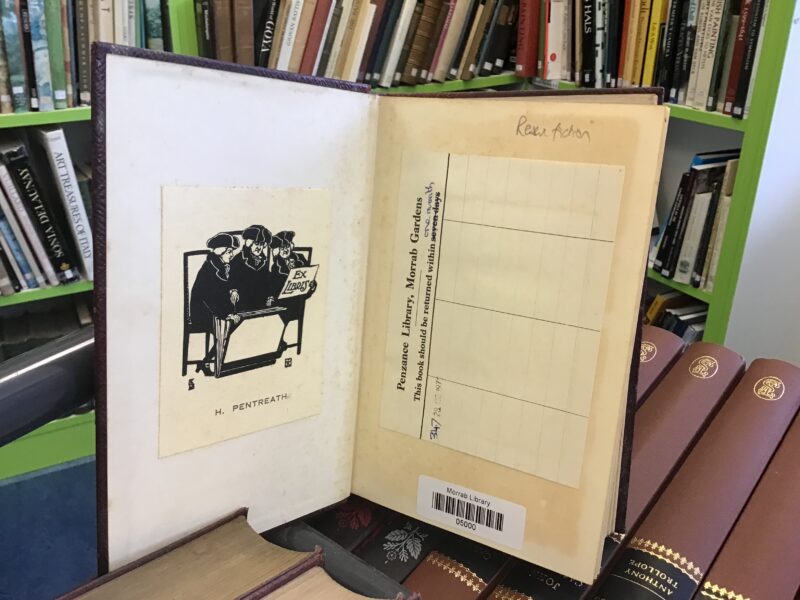
Number 5000!
The library is a tranquil and peaceful place to work. The atmosphere is calm, and it is good to be surrounded by the old timbers, wall to wall books, spacious rooms, and large windows overlooking the eucalyptus trees and other beautiful plants in the sub-tropical Morrab Gardens. I first joined the library when I was about 23, and I have to say it hasn’t changed much over the two decades since, and all changes, such as the library extension, have been unobtrusive.
We all love books, of course, and we all love the old card system the library has in place too. I feel traitorous in some ways, adding the books to a computer database which will supersede the cards and card catalogues, the old pockets and date stamps which libraries just don’t use any more (although I hope Morrab Library will keep up with the date stamps!). The old ways of the public library have changed quite rapidly over the last 20-30 years, but I remember them from my school days, for instance, when we all joined a waiting list for “Are You There God, It’s Me, Margaret?” by Judy Blume. I waited for weeks and weeks, my name added to the long list on a piece of paper held by the librarian. The book would come in, and the next person on the list was notified. The book was stamped and the ticket placed in our little ticket pouch. It was so exciting! That was at a time when everyone said “shush!” when someone spoke and libraries were spaces for peace rather than community. Morrab Library does integrate both, though. Peace is respected, and there is a vibrant community at the same time.
Hopefully introducing the virtual catalogue will be equally unobtrusive, without losing the “life” of the systems. A virtual catalogue means we are able to search for books, to see where they are: are they on the shelves, have they been taken out, have they been reserved, are they off the shelves for conservation? How long have they been taken out for? Are they coming back? These are all important questions! Questions which can be answered very easily when we use a database. So I do see the point. But the card catalogues are so lovely, nothing will truly replace them.
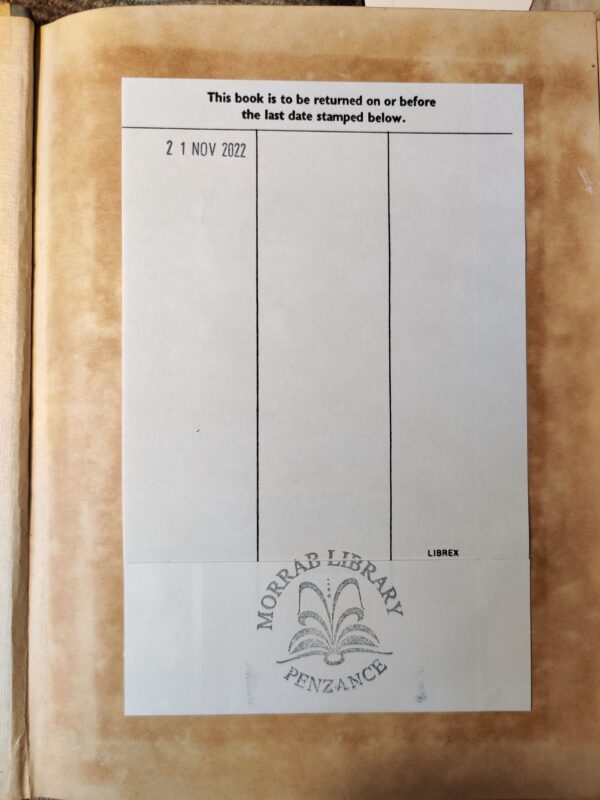 As I’m working, I love looking at the books and seeing when they were taken out, the long lists of dates due back – each date speaks to me of the person who took that book out. It is a beautiful community which I feel a part of. Sometimes, there is a completely blank list of dates. Some books have clearly never been taken out, or never read. I love these books even more, and long to read them. I’d like to start up a children’s book reading club, where we pick these books and read them each week but I wonder if the children wouldn’t be interested in the mysterious unselected books which I’m attracted to!
As I’m working, I love looking at the books and seeing when they were taken out, the long lists of dates due back – each date speaks to me of the person who took that book out. It is a beautiful community which I feel a part of. Sometimes, there is a completely blank list of dates. Some books have clearly never been taken out, or never read. I love these books even more, and long to read them. I’d like to start up a children’s book reading club, where we pick these books and read them each week but I wonder if the children wouldn’t be interested in the mysterious unselected books which I’m attracted to!
The books I love are those promising a magical story of nature and mystery, scattered with wood block prints, and detailed pictures relating to the story, even if obliquely! As a child, I would stare at prints such as these for hours, before TV really became a big feature in my life. Staring at these pictures as I read, I’d notice that oftentimes, the picture didn’t relate to the story — for instance, the story would say the girl was dressed one way, and she would be dressed quite differently in the picture — and I would wonder at how the picture came to be that way… The mysteries of the publishing industry and illustration commissioning were filled with deeper meaning for me… the how? and why? weren’t questions I expected (or wanted) mundane answers to. I simply dwelled in the richness of the mystery of these strange discrepancies. These were things done by other people and understanding eluded me, the mysterious world of Adults described so well by Antoine de Saint-Exupéry in “Le Petit Prince.” Though I have more answers now, I try to hold on to the mystery, and I remember it so well when I am amongst those children’s books, like the ones I used to surround myself with as a child.
Sometimes it is difficult to put the barcode sticker onto the page, as it feels like vandalism, but I also know that it’s nice to find books where a child has drawn or that have notes of dedication, or a bookmark, because it’s nice to think of those who were there before us. The Morrab stamps and stickers thus become part of the book’s history, and add to the interest, rather than detract from it. We will be history ourselves, one day, I hope.
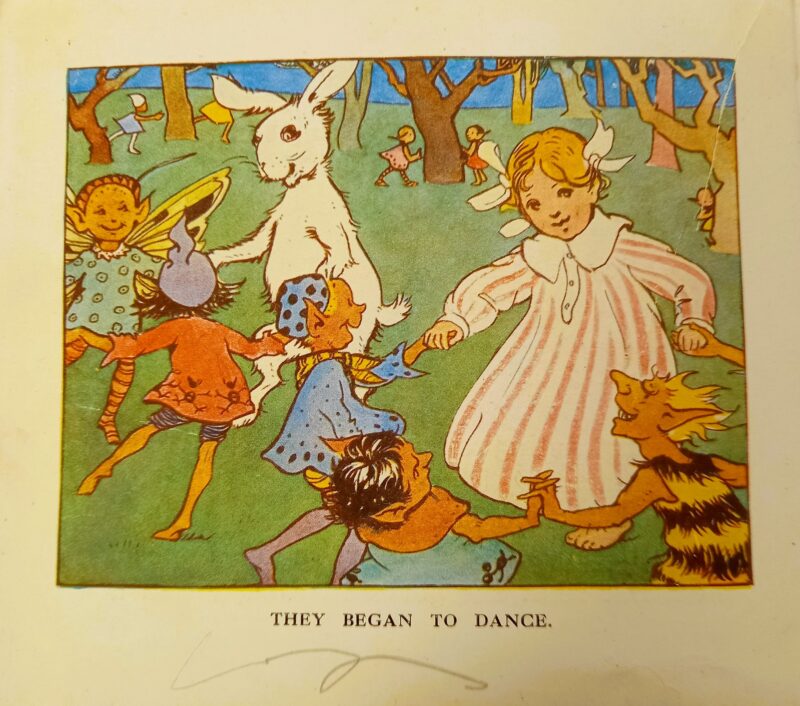
A page from ‘The Adventures of Mary Barbara’ by Angusine MacGregor and May Byron (date unknown)
There are some ancient books from the turn of the 20th century with no publisher information on them, hinting at a time when books were just books, and there were few enough of them that we didn’t need to know who published them, especially if we were children. It’s so vastly different from today, when book publication can feel like consumerism gone mad.







 As I’m working, I love looking at the books and seeing when they were taken out, the long lists of dates due back – each date speaks to me of the person who took that book out. It is a beautiful community which I feel a part of. Sometimes, there is a completely blank list of dates. Some books have clearly never been taken out, or never read. I
As I’m working, I love looking at the books and seeing when they were taken out, the long lists of dates due back – each date speaks to me of the person who took that book out. It is a beautiful community which I feel a part of. Sometimes, there is a completely blank list of dates. Some books have clearly never been taken out, or never read. I 